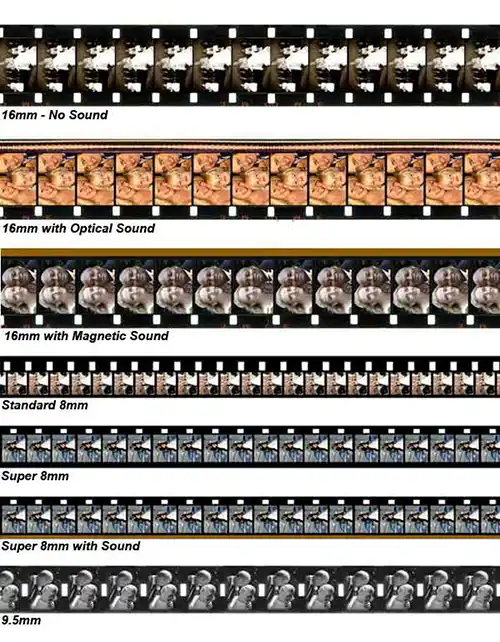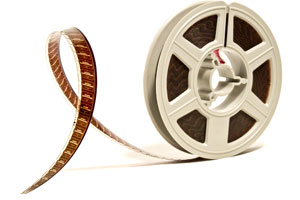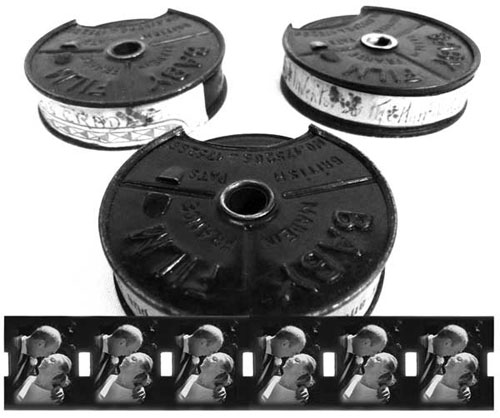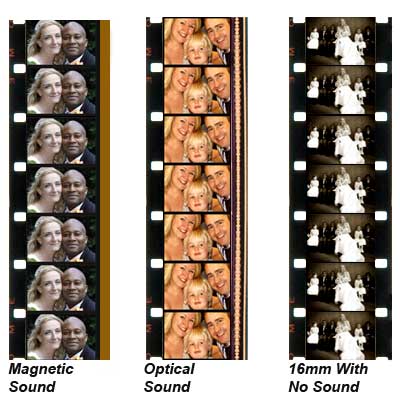Cine Film Identification
Identifying 8mm, 9.5mm, 16mm Cine
Cine Film | 8mm Cine | 9.5mm | 16mm | Polavision | Examples | ID | Process |
What follows is a comparative guide of the different types of Cine Film

To identify cine film, one of the easiest methods is by measuring the width of the film strip.
The most common formats are 16mm, 9.5mm, and 8mm, each with distinct characteristics.
16mm Film: This is wider than the other two formats and often used for professional filmmaking or high-quality home movies.
You can easily identify 16mm film by its width, which is approximately 16 millimeters from one side of the film to the other.
9.5mm Film: A less common format, typically used in early amateur cine cameras. It is narrower than 16mm, with a width of 9.5 millimeters. You may find this format in vintage cameras and home movie collections.
8mm Film: There are two types of 8mm film. Standard 8mm is the older format, which was initially used for amateur movies. This film is 8mm wide but has larger perforations.
Later, Super 8mm was introduced, which is still 8mm in width but with smaller, more densely packed perforations.
Super 8mm also features improved image quality and easier loading systems. By simply measuring the width of the film and checking the perforations, you can easily determine which type of cine film you have.
Cine Film ID
The most popular type of cine film we are asked to transfer - it is 8mm across and typically comes in 50ft reels but 200ft and 400ft reel sizes are very common.
9.5m cine film is an unusual and rarely seen format these days. It is easily recognised because of the single line of sprocket down the centre of the film.
16mm Cine film was and is generally used by advanced amateurs and professional film makers and is 16mm across.



